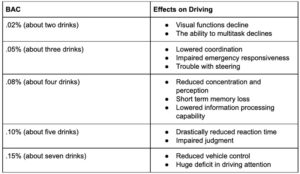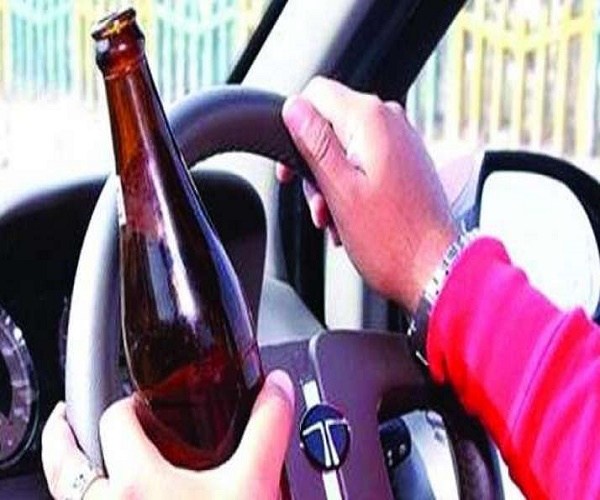Drunk driving is a serious charge that most people find irresponsible and indefensible. It is a highly dangerous act that often results in the destruction of property, injury, or loss of life. That is why law enforcement, the court system, and the public take drunk driving so seriously and are often unforgiving in their judgment. Hyderabad traffic police imposed the stringent rules under the laws to avoid the crime.
 Of course, drunk driving is not restricted to any particular age group, but there are some demographics that get into more drunk driving accidents than others. The good news is that accidents involving drunk driving have been steadily declining over the years. This suggests that the messaging about the dangers of drunk driving is getting through to people. Also, the fact that law enforcement is cracking down on drunk drivers more than ever.
Of course, drunk driving is not restricted to any particular age group, but there are some demographics that get into more drunk driving accidents than others. The good news is that accidents involving drunk driving have been steadily declining over the years. This suggests that the messaging about the dangers of drunk driving is getting through to people. Also, the fact that law enforcement is cracking down on drunk drivers more than ever.
Percentage of Fatal Accidents of Alcohol-Impaired Drivers By Age Group
The statistics as of 2017 are as follows:
- 16 to 20-year-olds – 15%
- 21 to 24-year-olds – 27%
- 25 to 34-year-olds – 26%
- 35 to 44-year-olds – 23%
- 45 to 54-year-olds – 19%
- 55 to 64-year-olds – 15%
- 65 to 74-year-olds – 9%
- 74 and over – 6%
 As you can see, it is the 21 to 34-year-old demographic that is responsible for the most drunk-driving deaths. However, there is some positive news to be taken from these statistics because the numbers for the groups with the highest rate of fatal accidents have been falling steadily throughout the years. For 16 to 20-year-olds, the number has dropped by 2%; among 21 to 24-year-olds, the number has fallen by 7 percent; among 25 to 34-year-olds, it has fallen by 5 percent; the number has fallen by 2% among 35 to 44-year-olds.
As you can see, it is the 21 to 34-year-old demographic that is responsible for the most drunk-driving deaths. However, there is some positive news to be taken from these statistics because the numbers for the groups with the highest rate of fatal accidents have been falling steadily throughout the years. For 16 to 20-year-olds, the number has dropped by 2%; among 21 to 24-year-olds, the number has fallen by 7 percent; among 25 to 34-year-olds, it has fallen by 5 percent; the number has fallen by 2% among 35 to 44-year-olds.
It should also be noted that men are far more likely to be involved in fatal—and non-fatal— drunk driving accidents than women. While any drunk driving fatality is too many, the fact that they keep dropping year over year is an encouraging sign. Fortunately, it is a trend that seems likely to continue.
 Who Is Most At Risk In a Drunk Driving Accident?
Who Is Most At Risk In a Drunk Driving Accident?
Drunk drivers are their own worst enemy because they engender the most risk with 33% of them suffering fatalities in impaired driving accidents. Passengers also face a high risk because 29% of them end up dying in drunk driving accidents; pedestrians and cyclists are next, with 13% and 11% of them dying in drunk driving accidents respectively.
One of the reasons drunk driving is so reviled is that there is a high chance that an innocent person will end up getting hurt or killed because of the driver’s transgression.
 How Does Alcohol Affect Driving Ability?
How Does Alcohol Affect Driving Ability?
Any amount of alcohol can affect how someone drives, but the more alcohol consumed, the higher the accident risk. Here are the effects of BAC (Blood Alcohol Concentration) on the ability to drive.
 Never Drive Drunk
Never Drive Drunk
If you are going to drink, then you should take the appropriate steps to make sure that you do not end up behind the wheel while you are still experiencing the effects of the alcohol. Arrange for alternate transportation beforehand or make sure that you have enough time to fully sober up before attempting to drive.
Mistakes and poor judgment can still happen, and if you are the victim of a drunk driver’s poor judgment, then you need to contact concern authorities or your lawyer to help make sure that you get the proper compensation. #KhabarLive







